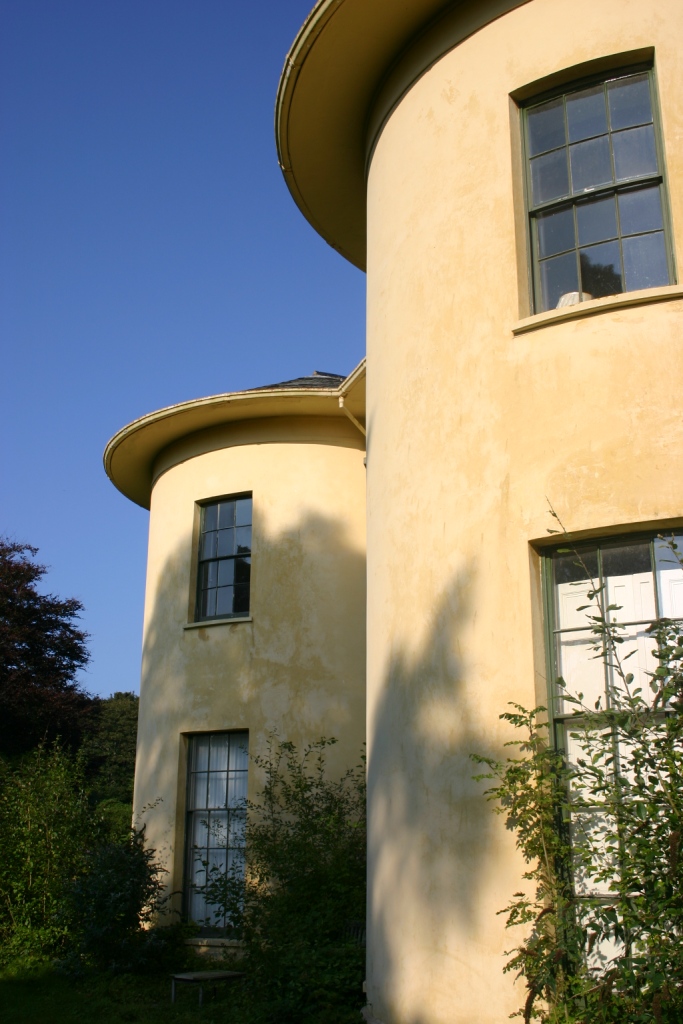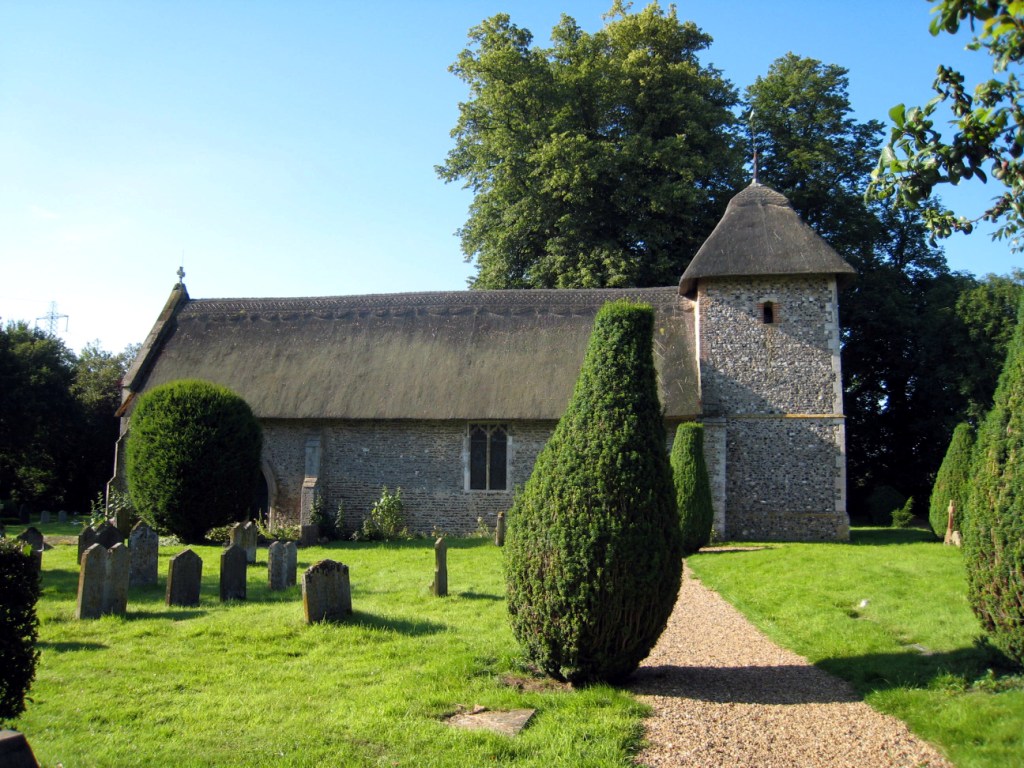A listed building is a building, object or structure that has been judged to be of national importance by virtue of its special architectural or historic interest. Listing, sometimes also referred to as 'designation', is the act of identifying nationally important heritage sites and affording them special protection through the planning system. The purpose of listing is to introduce a higher degree of protection.
What is a listed building?
A listed building is a building, object or structure that has been judged to be of national importance by virtue of its special architectural or historic interest.
Listing, sometimes also referred to as 'designation', is the act of identifying nationally important heritage sites and affording them special protection through the planning system. Listing can refer to the listing of buildings, scheduled ancient monuments, the register of parks and gardens, battlefields and wreck sites.
Buildings can be listed as:
- Grade I - exceptional interest (2% of all listed buildings)
- Grade II* - more than special interest (5.5% of all listed buildings)
- Grade II - special interest (92% of all listed buildings; most likely grade of listing for a home owner)
How do I find out if a building is listed?
Historic England maintains and continuously updates the National Heritage List for England (NHLE) on behalf of the Department for Culture, Media and Sport (DCMS) which is the record of all listed buildings, registered landscapes and battlefields, and protected wrecks nationally. The NHLE is the only official and up-to-date statutory list of all protected buildings, structures and parks and gardens in England. The online list allows for both text and map-based searching and it is here you will found out if your property, or a property you are interested in or concerned about is listed.
The List now holds 400,000 entries each with a description of the building(s) or structure(s) concerned. These list descriptions vary in terms of the information they provide. Early list descriptions were written primarily for identification purposes, whereas updated or new list descriptions explain significance and define the extent of listing.
What parts of a building does listing cover?
It is a popular belief that only the primary facade or exterior envelope of a building is listed, however, this is incorrect in all but a handful of cases. If a something is listed, the entirety of the building, object or structure is listed, including the interior, unless parts of it are specifically excluded in the list description.
Listing can also cover:
- Other attached structures or features
- Later extensions or additions
- Buildings, objects or structures within the curtilage of the building
What is curtilage listing?
For the purposes of listed building legislation Historic England defines curtilage as, 'as an area of land around a listed building within which other buildings pre dating July 1948 may potentially be considered listed.'
Not all buildings will have a curtilage. With those that do there will be cases where the extent of the curtilage will be clear (such as a garden boundary) but in others it may not be as clear each case will always be a question of fact and degree. A decision taker may take the following factors into account in assessing the matter:
- The physical layout of the listed building and the building, object or structure in question;
- their ownership past and present; and
- their use or function past and present - specifically whether the building was ancillary (i.e subordinate to and dependent on) the purposes of the listed building at the date of listing.
How do I get a building listed?
The older a building, the more likely it is to be listed. All buildings built before 1700 which survive in anything like their original condition are listed, the same follows for those built between 1700 and 1840. After 1840 a higher level of selectivity is employed with particularly careful decisions made for buildings post 1945. Usually a building must be over 30 years old to be eligible for listing.
Anyone can nominate a building to Historic England to be listed, though, due to the amount of buildings to be reviewed the process can take a considerable amount of time. Generally a building will only be considered for listing if under serious threat of demolition or major alteration, or if it is a building that falls into Historic England's strategic listing priorities.
Historic England has produced a series of listing selection guides to aid their recommendation to the Secretary of State for Culture, Media and Sport as to whether or not a building has the commensurate special architectural or historic interest to be listed. Each of the 44 selection guides (of which twenty relate to different building types) gives a broad overview before setting out subject-specific selection principles.
How does listing affect owners and caretakers?
The purpose of listing is to introduce a higher degree of protection for the building in question. Listing therefore, means there is extra control over what changes can be made to a building's interior and exterior. Most types of works that affect the buildings special architectural or historic interest will require the owner or caretaker of a building to apply for listed building consent.
When do owners and caretakers have to apply for listed building consent?
The following list of examples should give you an idea of when listed building consent is required. However, this list is not exhaustive and you should always check with the conservation officer at your local planning authority if you are uncertain.
Demolition - demolition of any part of a listed building, whether or not it is partial or total demolition, will require an application for listed building consent. The same follows for objects or structures within the curtilage of listed buildings.
Extensions and internal and external alterations - should the proposed works change the character or appearance of the external facade, the internal configuration (sometimes refered to as plan form) or any historic features (staircases, fireplaces, doors and windows, paintwork or decorative mouldings and joinery) then listed building consent will be required. The same follows for objects or structures within the curtilage of listed buildings.
Repairs - consent is not normally required for repairs to listed buildings provided that the work is minor and identical in every respect of design, technique and materials. However, if the work constitutes a major scheme of repair, or the works will change the character or appearance of the building then consent may be required. If in doubt ask you local planning authority.
For a more in depth explanation of the planning legislation and policy which protect listed buildings visit Heritage protection legislation and policy explained
Enriching the List
Through Enriching The List, Historic England has invited everybody to share their knowledge and photographs of nationally important, protected historic places (assets) on the National Heritage List for England. This means that list entries for any asset type can also include useful crowd-sourced information and photographs. You'll find this additional information positioned below the official entry.
Technical advice line
Get involved


